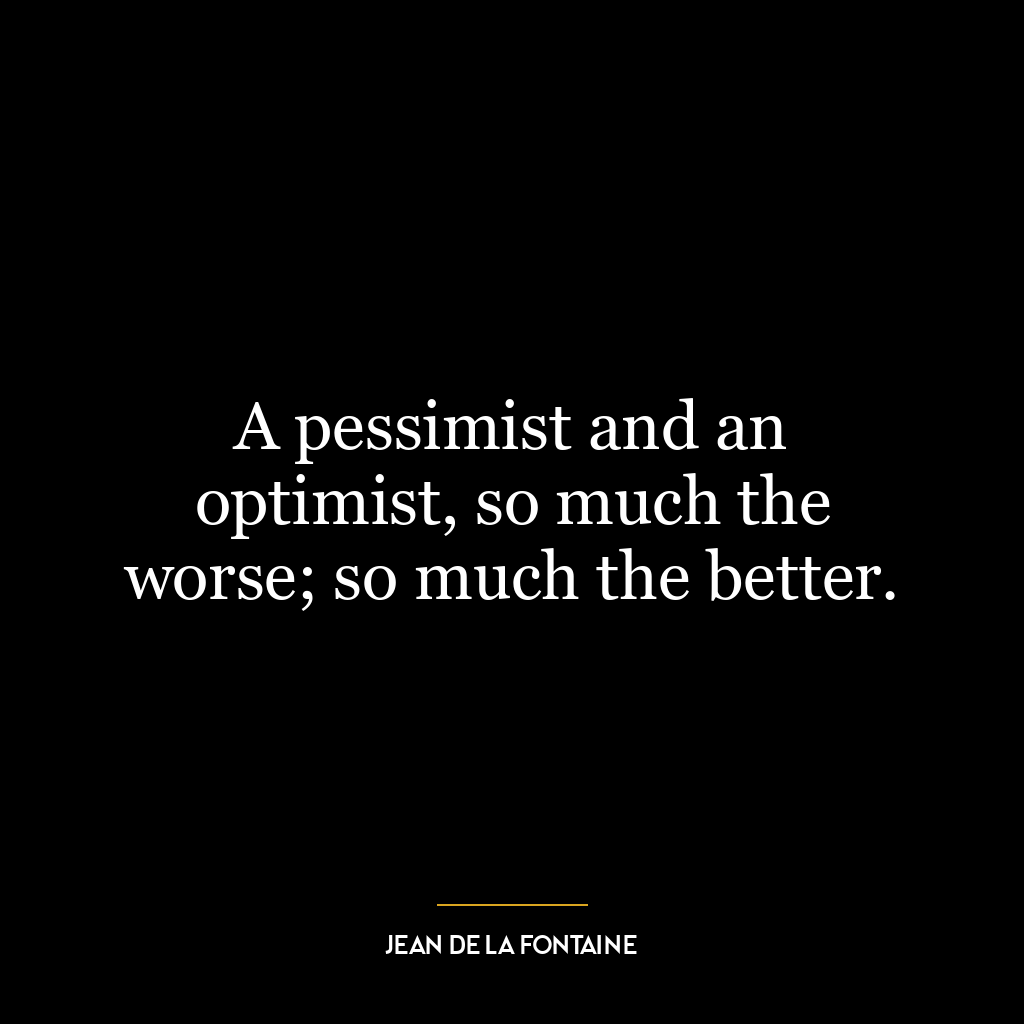This quote suggests that optimism, or a positive outlook on life, encourages us to strive for more and reach our full potential. It implies that by believing in the possibility of success and maintaining a hopeful attitude, we can become the best versions of ourselves – fully embodying our intentions or goals.
The term “fullest expression of our intentions” can be interpreted as actualizing our dreams or achieving what we set out to do. Optimism is presented here as an enabling force that allows us to tap into this potential. It’s not merely about thinking positively; it’s about using this positivity as fuel to propel us towards fulfilling our aspirations.
In today’s world, where challenges and setbacks are part of life, maintaining an optimistic outlook is crucial. Whether it’s dealing with global issues like climate change or personal struggles such as job loss or health problems, optimism can serve as a powerful tool for resilience and perseverance.
For instance, in the face of adversity like losing one’s job due to pandemic-related layoffs, instead of succumbing to despair one could view this setback optimistically – perhaps seeing it as an opportunity for career growth in a new direction or field they’ve been interested in exploring.
In terms of personal development too, optimism plays a pivotal role. When we’re optimistic about learning new skills or improving existing ones, we’re more likely to invest time and effort into these endeavors because we believe they will yield positive results. This belief then creates a self-fulfilling prophecy: because we expect success (due to our optimism), we work harder towards achieving it which increases the likelihood of succeeding.
Therefore applying Chopra’s idea would involve consciously cultivating an optimistic mindset – viewing challenges not as insurmountable obstacles but opportunities for growth; treating failures not as dead ends but stepping stones towards success; and focusing on solutions rather than dwelling on problems – thereby empowering oneself to reach their highest possible potential.















